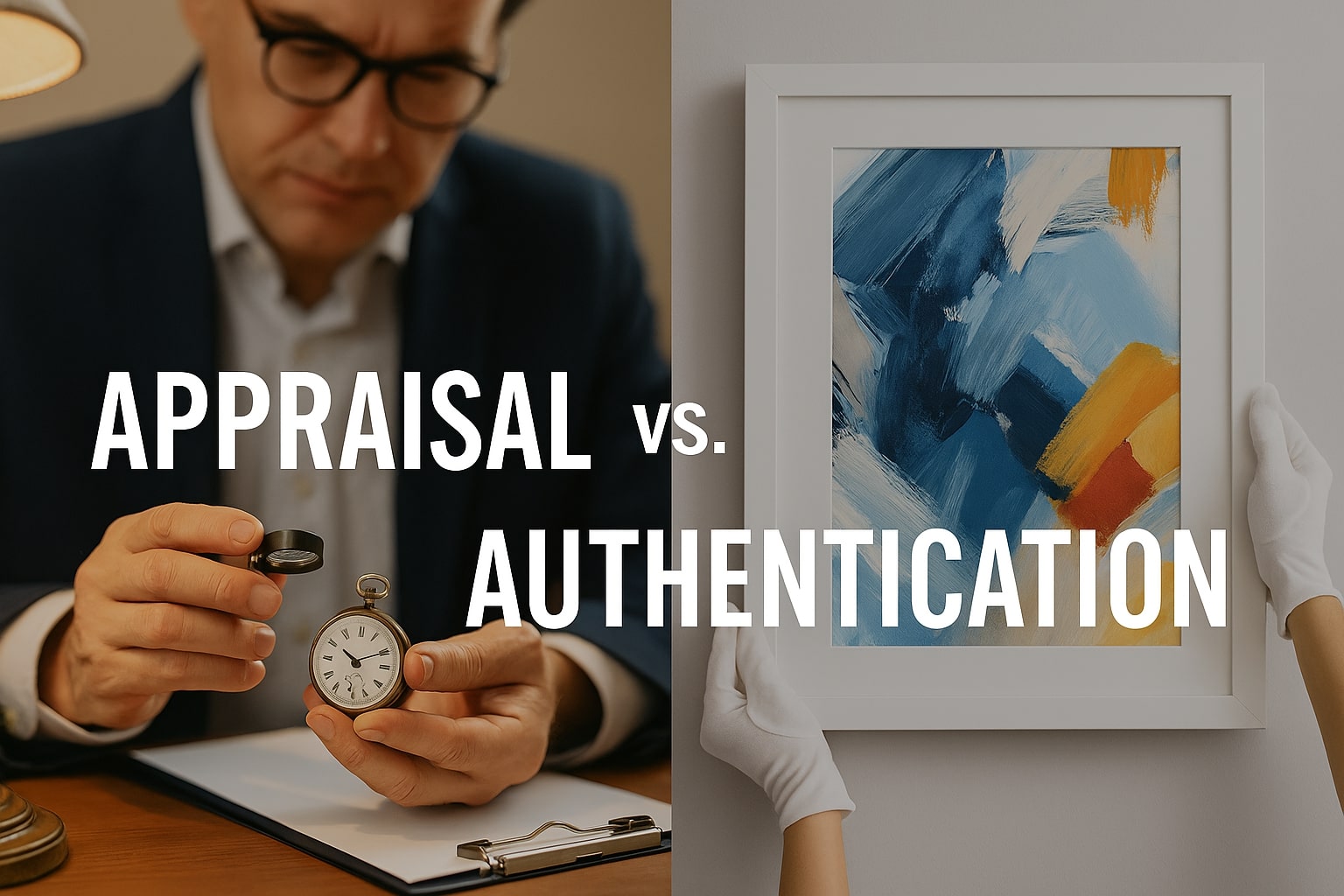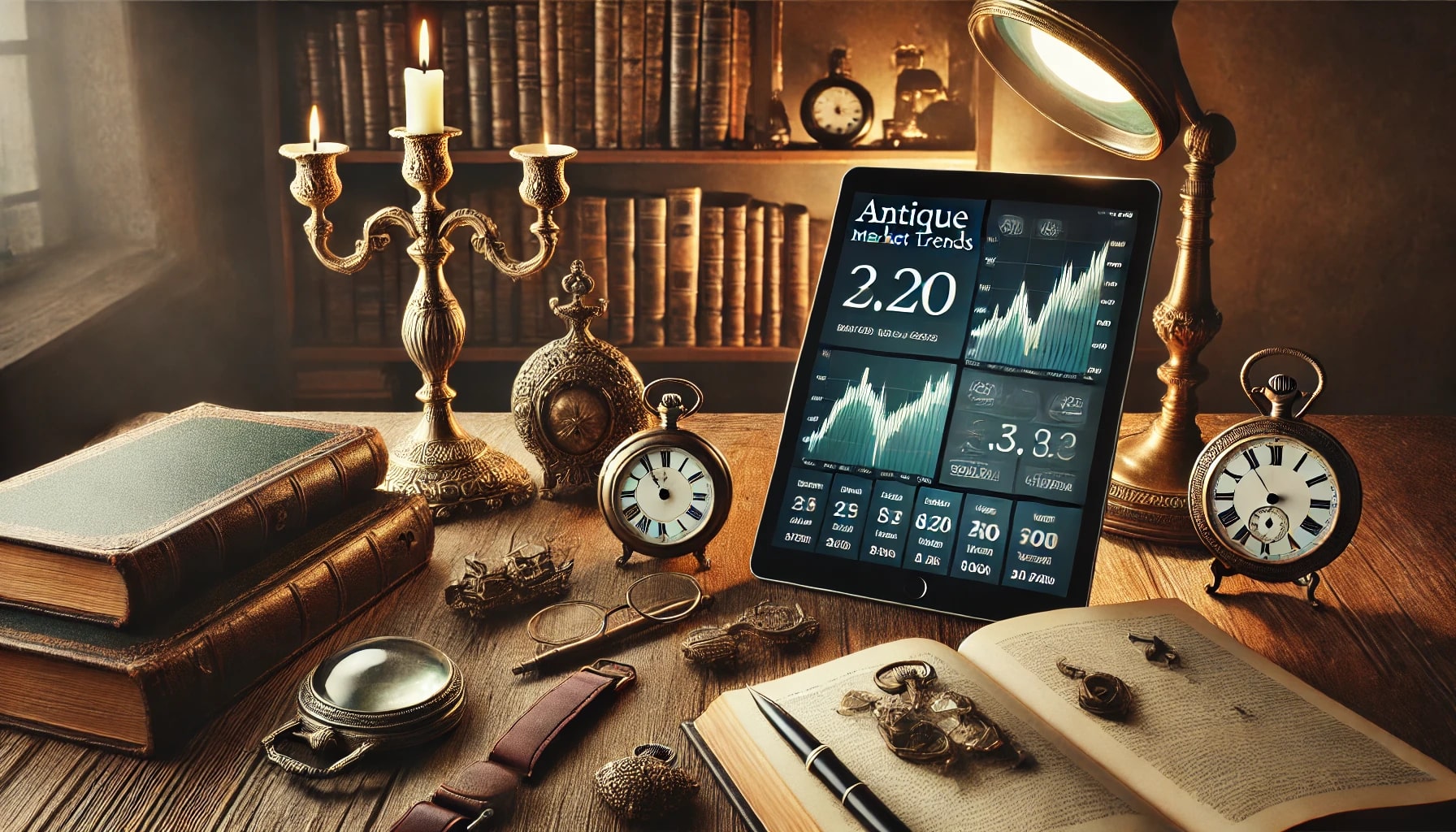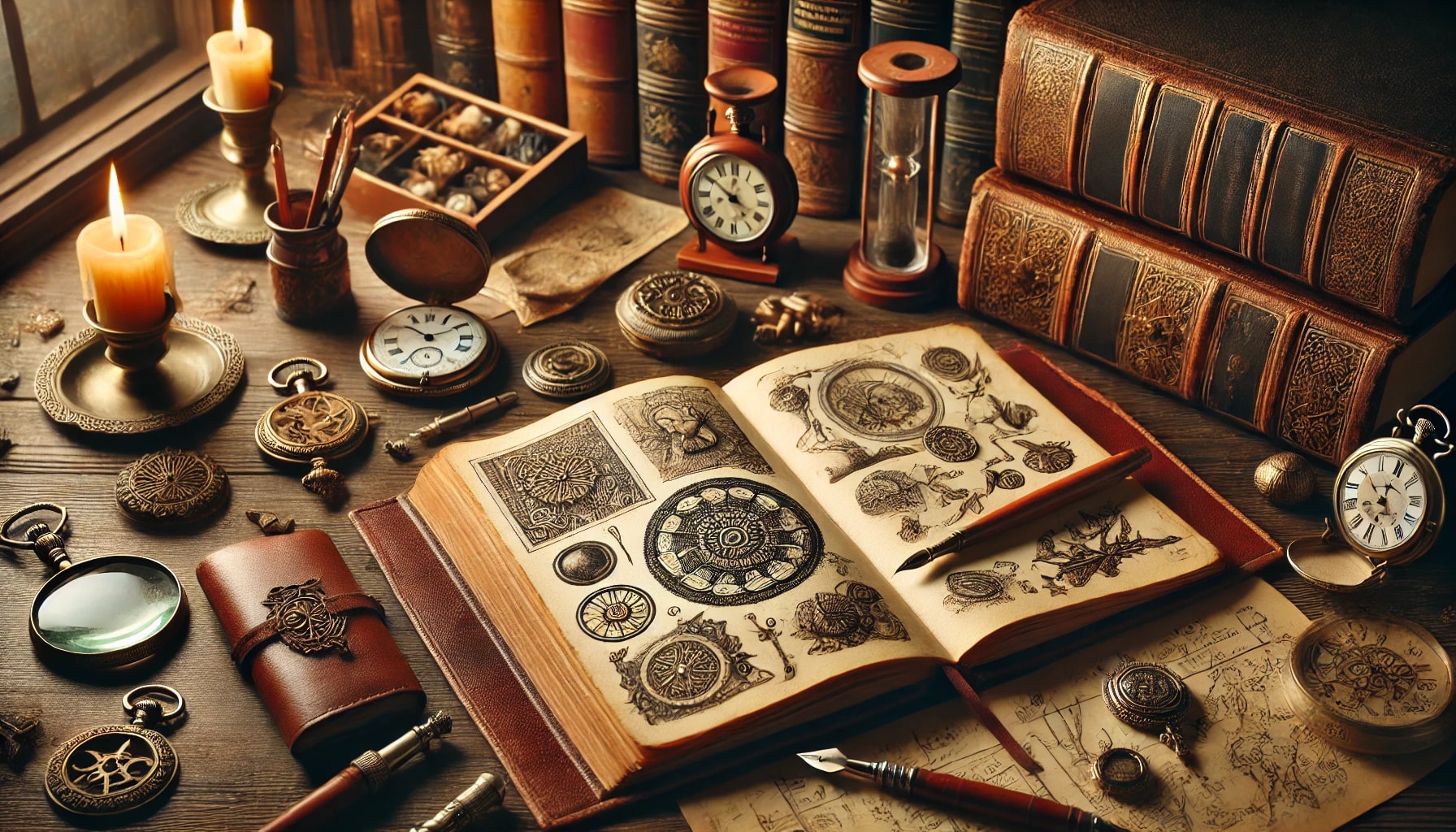Fine Art vs. Decorative Art: What’s the Difference (And Why It Affects Value)
Fine art is created primarily for intellectual engagement and emotional expression, emphasizing originality and conceptual depth, while decorative art enriches spaces through design and utility, prioritizing harmony and immediate aesthetic appeal. This distinction affects value: fine art is often viewed as a valuable cultural asset with higher investment potential, whereas decorative art’s worth is closely tied to trends and functionality. Understanding these underlying differences reveals how each influences market perception, cultural relevance, and collector choices. Further exploration offers nuanced insights.
Definition and Core Purpose
The distinction between fine art and decorative art is foundational to understanding both the art market and the broader cultural landscape.
Understanding the difference between fine art and decorative art is key to navigating the art world and its cultural significance.
Fine art is defined by its primary focus on aesthetic and intellectual objectives, where artistic intent centers on evoking emotional expression and stimulating contemplation independent of functionality. The value of fine art lies in its originality, conceptual depth, and its capacity to communicate the artist’s inner vision or social commentary, resulting in objects primarily appreciated for their beauty or meaning in galleries and collections.
In contrast, decorative art integrates aesthetic improvement with utility, prioritizing craftsmanship and design to produce visually pleasing yet practical objects. Here, artistic intent is informed by the need for both beauty and function, appealing to audiences seeking to enrich their environments.
This dichotomy—emotional expression and intellectual engagement versus utilitarian beautification—forms the basis for how works are classified, valued, and ultimately appreciated within cultural and commercial contexts.
Creation Process and Artistic Approach
While both fine art and decorative art demand technical skill, their creation processes and artistic approaches diverge greatly due to differences in intent and perceived value.
Fine art is marked by artistic experimentation and a deliberate focus on emotional expression, often prioritizing the artist’s vision over functional or decorative concerns. The intricate processes underlying fine art creation are typically characterized by extended periods of reflection, revision, and innovation, guaranteeing that each work is a unique manifestation of the artist’s conceptual and emotional objectives.
Consider the following contrasts:
- Artistic experimentation: Fine artists frequently investigate diverse materials and techniques to achieve novel effects or communicate their intent.
- Emotional expression: The creation of fine art centers on evoking an emotional response, imbuing the work with intrinsic value.
- Time and revision: Fine art involves significant time investment, with artists revisiting works to guarantee alignment with their vision.
- Artistic autonomy: Fine artists rarely compromise on quality or message for practical considerations.
Distinctive Aesthetic Qualities
Building upon differences in creation process and artistic intent, fine art and decorative art further distinguish themselves through their aesthetic qualities and the roles they assume within a space.
Fine art is characterized by bold compositional choices and the deliberate use of color symbolism, often intended to provoke emotional resonance or intellectual engagement. Its visual language may incorporate controversial themes or layered meanings, inviting critical analysis and multiple interpretations.
Decorative art, in contrast, aligns closely with prevailing aesthetic trends, prioritizing harmony, balance, and immediate visual appeal. Its motifs, patterns, and palette are typically selected to complement existing décor and color schemes, rather than to challenge or dominate them.
While fine art frequently becomes a focal point, influencing the arrangement and atmosphere of a room, decorative art is designed to blend seamlessly, enhancing the ambiance without imposing a narrative.
These diverging approaches to aesthetics reflect distinct ambitions—fine art’s pursuit of cultural significance versus decorative art’s emphasis on integration and accessibility.
Value, Investment, and Market Perception
Valuation serves as a critical axis differentiating fine art from decorative art within investment and market frameworks. Fine art routinely commands higher auction prices and is perceived as a more lucrative asset, reflecting both its historical significance and market demand.
Decorative art, while contributing aesthetic value and offering diversification benefits, generally faces a lower price ceiling and greater value fluctuations. Investors must evaluate not only return potential but also the investment risks inherent in each segment, such as authenticity concerns and market volatility.
Key factors influencing value, investment, and market perception include:
- Price Dynamics: Fine art shows stronger historical appreciation, while decorative art is more susceptible to market trends and collector preferences.
- Market Demand: Fine art’s cultural cachet stabilizes demand; decorative art demand can shift with interior design fashions.
- Investment Risks: Both categories encounter risks, but fine art offers higher potential rewards and stability.
- Diversification: Combining both types can mitigate portfolio risk amid value fluctuations.
Cultural and Social Significance
Beyond their roles as investment assets, fine art and decorative art occupy distinct positions within cultural and social frameworks. Fine art, often celebrated for its conceptual depth, is central to critical discourse and frequently serves as a reflection of cultural narratives and social context. Through symbolism and complex themes, fine art documents societal transformations and preserves the zeitgeist of its period.
Decorative art, while traditionally more accessible, also carries profound historical and cultural narratives. Objects such as tapestries and ceramics have acted as vehicles for storytelling and the preservation of communal identity, particularly in epochs like the Renaissance and Middle Ages when their value rivaled that of fine art.
The interplay between these categories is marked by mutual influence and cultural exchange, enriching both forms and blurring rigid boundaries. Ultimately, both fine and decorative arts contextualize the societies from which they originate, offering enduring insight into shifting values, identities, and the evolution of artistic traditions.
Practicality and Functional Roles
While fine art and decorative art often share aesthetic ambitions, their practical and functional roles sharply diverge and serve as a foundational distinction between the two categories.
Fine art exists primarily for contemplation, offering visual and intellectual engagement without serving a utilitarian purpose. In contrast, decorative art integrates aesthetic value with daily utility, demanding a functionality balance that shapes both design and material choices. Usability considerations are paramount in decorative art, where objects must endure frequent handling and retain appeal over time.
Fine art invites contemplation, while decorative art brings beauty to utility, blending aesthetic appeal with everyday function and durability.
This divergence is manifested through:
- Fine art prioritizes creativity, symbolism, and uniqueness, independent of practical function.
- Decorative art must harmonize beauty with durability, ergonomics, and ease of maintenance.
- The integration of decorative art into living spaces relies on its capacity to complement interior design.
- Fine art often reconfigures environments as a focal point, while decorative art adapts to and improves its setting.
These differences critically influence perception and valuation.
Choosing Between Fine Art and Decorative Art
How should one approach the decision between acquiring fine art or decorative art? The answer lies in examining both the emotional connection and personal preference of the buyer, in addition to the intended function of the piece within a collection or environment.
Fine art, with its emphasis on originality, artistic intent, and conceptual depth, often resonates with those seeking a profound emotional connection and cultural significance. Its acquisition reflects a personal preference for unique expression and potential long-term value appreciation—factors that typically appeal to collectors and investors.
Conversely, decorative art prioritizes aesthetic harmony and integration within a specific space. It caters to those whose personal preference leans toward immediate visual improvement and functional beauty, often without the expectation of deep conceptual engagement.
Therefore, understanding the distinctions in artistic intent, market positioning, and the desired relationship with one’s environment allows individuals to make informed, purposeful choices aligned with their emotional connection and collecting goals.
Conclusion
Understanding the difference between fine art and decorative art isn’t just about putting items in different categories—it fundamentally affects market value, investment returns, and cultural significance. When collectors and investors recognize these distinctions, they can make smarter decisions that align with their personal goals or institutional strategies.
Ultimately, how we evaluate art depends on understanding the creator’s intent, the object’s functionality, and how the market perceives it. This context-aware approach ensures art assets are assessed with both scholarly thoroughness and strategic insight.RetryClaude can make mistakes. Please double-check responses.











